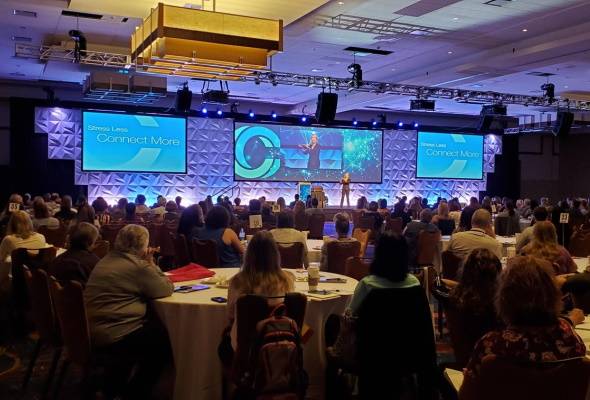Essential Strategies for Enhancing the Lifespan of Your Light Emitting Diode Wall
Wiki Article
LED walls are growing progressively widely used for various applications, from marketing to leisure. To ensure that these displays function efficiently over the years, it is crucial to adopt tactics that extend their durability. Understanding the factors that affect the longevity of LED walls can assist operators sustain their performance and avoid unneeded replacements.
One of the main elements that can extend the durability of an LED wall is appropriate setup. It is crucial to have a professional team handle the installation process to guarantee all parts are properly attached. Inadequate installation can lead to power issues or mechanical damage. Additionally, the placement of the Light Emitting Diode wall should consider surrounding conditions such as light exposure and humidity levels. A properly set up display in a suitable site will reduce the chance of damage caused by outside elements.

Routine upkeep is another crucial tactic to extend the life of an LED wall. This entails regular checks to check for any signs of wear or malfunction. Dirt and dirt can accumulate on the surface of the Light Emitting Diode screens, impacting luminosity and color quality. Cleaning the screens with suitable materials will help maintain optimal visibility. It is also essential to monitor the electronics behind the display, making sure that all links are tight and that there are no heat issues, which can greatly shorten the durability of the parts.
Electrical management plays a crucial role in enhancing the longevity of an LED wall. Excess voltage or unstable electricity supply can harm the inner circuitry. To prevent this, using a reliable electric supply and putting in place surge protection measures is recommended. Additionally, adjusting the screen to function at reduced brightness levels when high brightness is not necessary can reduce wear on the LEDs. This not only prolongs the durability of the wall but also conserves energy, making it a cost-effective choice.
Furthermore, software control can affect the functionality of Light Emitting Diode walls. Regularly updating the program that operates the display guarantees that it operates smoothly and includes any essential safety patches. Old program can result in functionality issues and may put the system to risks. Proper scheduling of programming can also assist with overseeing the demand of the screen, permitting it to idle during off-peak hours, which can aid to a greater durability.
In summary, maximizing the durability of an Light Emitting Diode wall involves a mix of appropriate installation, routine upkeep, effective power management, and diligent software management. By focusing on these critical strategies, operators can guarantee that their LED screens stay functional Full Article and aesthetically appealing for many seasons. Taking preventive measures will not only enhance the performance of the Light Emitting Diode screen but also provide a greater return on cost over the years.